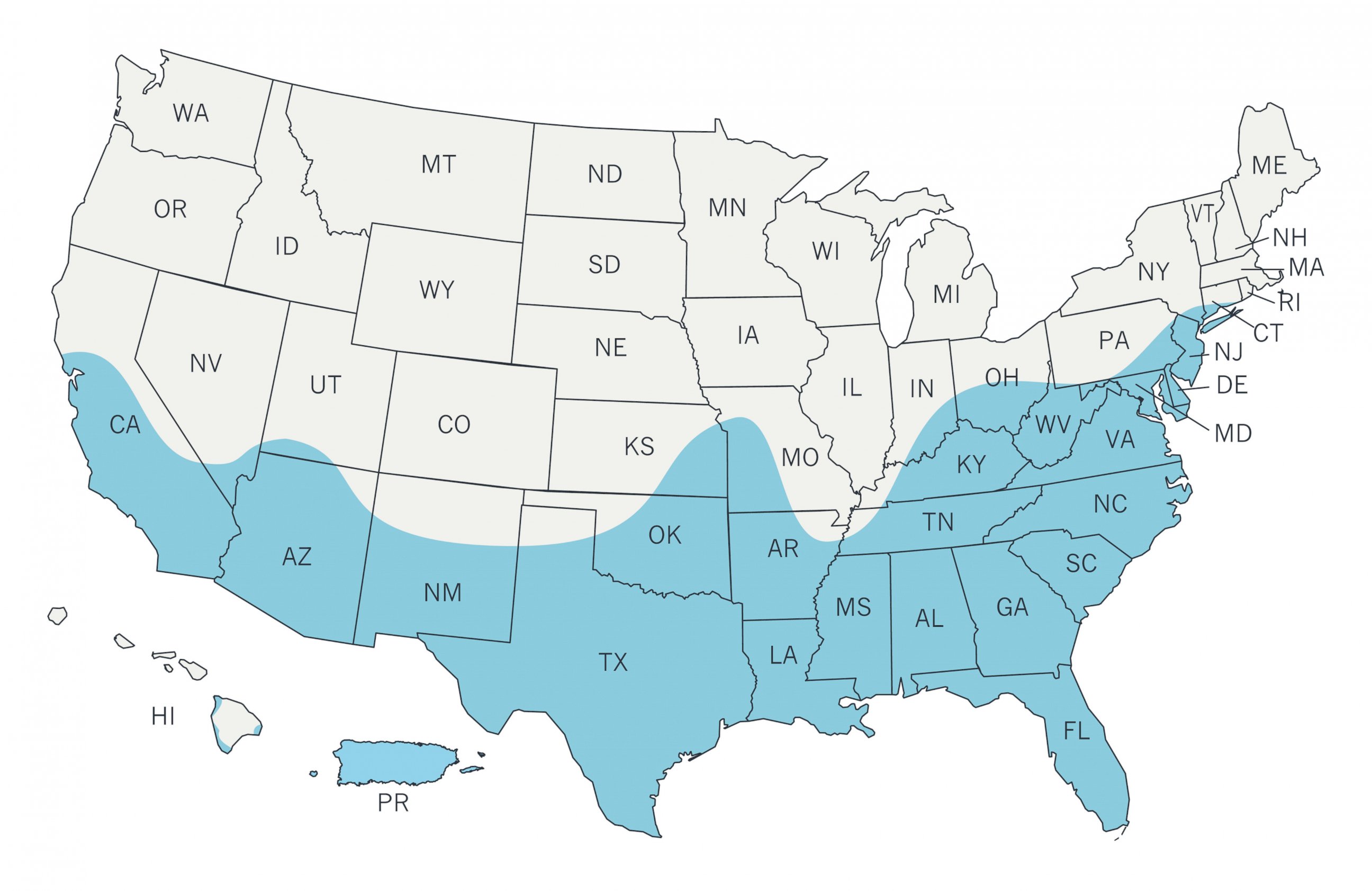Using Old Tires to Fight Zika Virus: Canadian Government Funds DIY Mosquito Trap
Canadian government funds DYI method to lure and kill mosquitoes.
— -- With about $3.50 and an old tire, a professor in Canada has come up with a mosquito trap that might dramatically cut down mosquito populations as part of an ongoing fight against infectious diseases like the Zika virus, a new study shows.
The innovative DIY trap, called an “ovillanta,” has been shown to capture almost seven times more eggs of the Zika-spreading Aedes mosquitoes when pitted against standard traps, known as ovitraps.
Dr. Gerardo Ulibarri of Laurentian University in Canada started modifying ovitraps for West Nile virus in Canada, then focused on mosquitoes that spread dengue fever in Guatemala. Unable to bring his traps from Canada, he made them from discarded tires, thus the name “ovillanta,” combining the words oviposition (when insects lay eggs) and llanta (Spanish for “tire”).

Details of Ulibarri’s study were released today on F1000Research, an online platform for rapid dissemination of research pending peer review, as encouraged by the World Health Organization during public health emergencies.
Dengue, not Zika, was the original target when his team started training local health workers and engaging a town of 15,000 Guatemalans in using the DIY devices to kill mosquito eggs. It was chance that the same mosquitoes would later be responsible for the current Zika epidemic.
“We are now pivoting the project towards the Zika public health emergency,” said Terry Collins of Grand Challenges Canada, the organization that supported the project with funding from the Canadian government.
During a 10-month study of their efforts in Guatemala, over 180,00 Aedes eggs were captured by 84 ovillantas compared to about 27,000 eggs in the same number of standard traps. Incidentally, no new cases of dengue were reported in the testing area during the study, while two- to three-dozen cases are normally anticipated in this community during that period.
Guatemala’s Ministry of Health was “impressed by the results,” Ulibarri told ABC News, and "they are planning to expand the use of ovillantas to other cities."
How does it work? In part, it uses mosquito hormones.
The insects are attracted by "pheromones" in the trap as they look for a breeding ground to lay their eggs. A paper in the trap collects the eggs floating in water inside the device. It is destroyed by fire or ethanol twice a week while an innovative drain allows the water to be safely emptied, filtered, and reused, potentially concentrating hormones released by mosquitoes along the way.
In areas where clean water is difficult to find, "the ovillanta uses less water than standard ovitraps and recycles it,” Ulibarri said. Adding to the ecologic factor, ovillantas put to use old tires that would otherwise be sites for mosquito breeding, and they do not require toxic pesticides that can harm dragonflies, bats and other natural mosquito predators.
Since the project in Guatemala wrapped up in December 2015, the WHO has declared Zika a global public health emergency.
"We are will in discussions on next steps," Peter Singer, CEO of Grand Challenges Canada, told ABC News.
Dr. William Schaffner, an infectious disease expert at Vanderbilt University, said the innovation could be a big help in cutting down the hardy Aedes aegypti, sometimes called the “cockroach mosquitoes."
"Aedes is a very difficult mosquito to combat," Schaffner said. "The spraying doesn’t work so well for two reasons -- it doesn’t get to them, and [they] may be resistant," to the chemicals.
Schaffner said there needs to be more proof that this trap will work on a large scale, but that the early results were promising.
As the study in Guatemala measured only mosquitoes captured and not disease outcomes, further studies are needed to evaluate the effects on mosquito-borne diseases.
Dr. Vivian Leung is a family medicine resident at Emory University and a resident at the ABC News Medical Unit.




